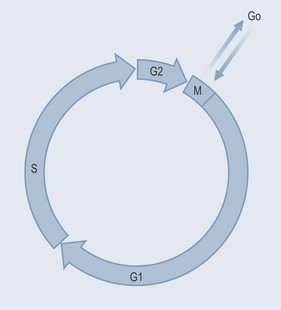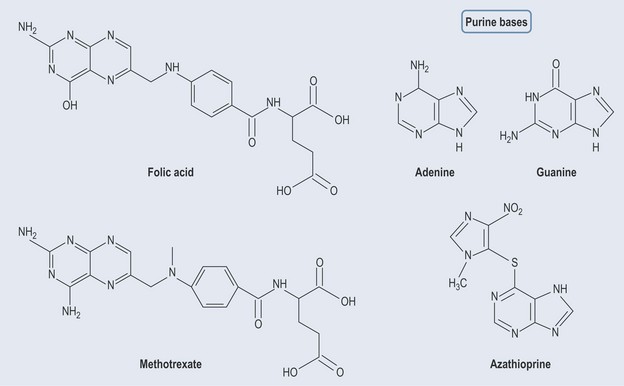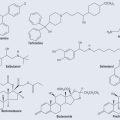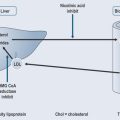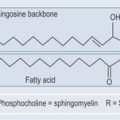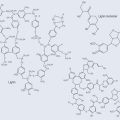Chapter 39 Chemotherapy
Chemotherapy is used in treatment of cancer. There are two types of chemotherapy:
The Cell Cycle
To understand how chemotherapy works it is necessary to understand the lifecycle of a cell (Figure 39.1):
• G0 phase (resting stage): the cell is at rest and has not started to divide. This can last for a few hours to a few years, depending on the circumstances (reproductive cells have a very short resting phase whereas plant seeds have been known to germinate many years after they have been deposited). The cell becomes activated.
• G1 phase: the cell starts to make more proteins and is ready to divide. This usually lasts 18–30 hours.
• S phase: the deoxyribonucleic acid (DNA) chains are copied so that the new cell has the same DNA. This usually lasts 18–20 hours.
The Aims of Chemotherapy Treatment
Terminology
• Adjuvant therapy: postsurgical treatment to prevent the growth of any remaining cells and metastasis around the body.
• Benign tumour: remains confined to original location. There is no invasion of surrounding material or general dispersal. Can be removed by surgery. Generally not life threatening unless in an inoperable place, e.g. certain types of brain tumour.
• Malignant: tumour can invade surrounding material and generally disperse in the body. Often life threatening.
Chemotherapeutic agents
The categories of drugs are based on:
• Alkylating Agents
• Antimetabolites (Figure 39.2)
Why does Chemotherapy Fail?
• Anticancer drugs are still not specific enough for the cancer they are treating: the drugs rely on the biochemistry of the cancer cells being different to that of the biochemistry of the normal cells. In real life this is not really the case. Note: this principle is the same as antibiotics killing off the entire gut flora not just the bad bugs.
What Affects the Survival Rate of the Patient?
• Nature of the Cancer
The Theory and Reality of Chemotherapy
• The Theory
• If the drugs are specific enough to a specific point in the cycle then all those cells not at that point will not be affected immediately. Eventually, with enough therapy, all the cells will reach the same stage in the cycle at the same time to become synchronized. This makes killing more of them easier.
Adverse Effects
• Decrease of white blood cells, red blood cells and platelet counts: can lead to infections, anaemia and haemorrhage.
• Dysphagia, diarrhoea, pain and bleeding: due to the damage of proliferating mucosa of the gastrointestinal tract.

